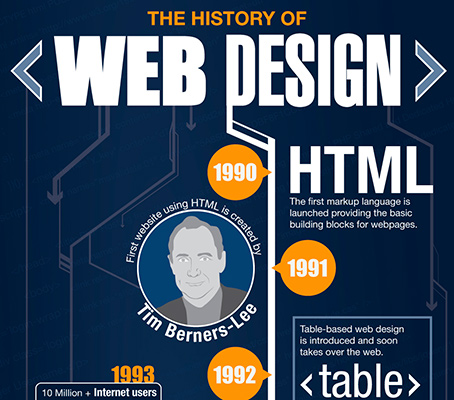The Advancement Of Internet Site Design: From Past To Present
The Advancement Of Internet Site Design: From Past To Present
Blog Article
Created By-Kinney Clarke
In the past, sites were straightforward and focused on details. https://www.dentaleconomics.com/practice/marketing/article/14232961/how-dentists-can-write-an-seo-blog-in-15-minutes was straight, and layout was for desktop computers. Currently, user experience is essential. Information overviews designs for very easy navigation. Receptive formats match different gadgets. Today, dark mode reduces stress, and minimalist food selections enhance navigation. Interactive attributes involve users, and bold visuals attract attention. AI integration improves engagement. See how layout has actually advanced to boost your online trip.
Very Early Days of Web Design
In the very early days of web design, simplicity reigned supreme. Sites were fundamental, with limited shades, font styles, and layouts. The emphasis was on supplying details instead of fancy visuals. Individuals accessed the internet through sluggish dial-up links, so speed and capability were crucial.
Navigation menus were straightforward, normally located at the top or side of the page. Sites were created for desktop, as mobile surfing wasn't yet prevalent. Web content was king, and designers focused on simple readability over complex design components.
elementor ada compliance was the main coding language utilized, and developers needed to function within its restrictions. Animations and interactive functions were marginal contrasted to today's requirements. Websites were static, with little dynamic web content or customized individual experiences.
Rise of User-Focused Design
With the development of website layout, a change in the direction of user-focused style principles has actually come to be progressively popular. Today, producing web sites that prioritize user experience is critical for engaging site visitors and accomplishing business goals. User-focused design includes understanding the needs, preferences, and actions of your target market to customize the site's layout, material, and includes accordingly.
Designers currently carry out detailed study, such as customer surveys and functionality testing, to gather insights and comments directly from individuals. search engine optimisation web design -driven technique helps in creating user-friendly navigating, clear calls-to-action, and aesthetically appealing user interfaces that resonate with visitors. By placing the user at the facility of the layout process, web sites can deliver a more personalized and pleasurable experience.
Receptive layout has likewise become an essential aspect of user-focused style, guaranteeing that web sites are maximized for various gadgets and screen dimensions. This adaptability improves access and usability, dealing with the diverse means users engage with internet sites today. Fundamentally, the surge of user-focused layout symbolizes a shift towards developing digital experiences that focus on the needs and assumptions of the end user.
Modern Trends in Website Design
Check out the current patterns shaping web design today. One prominent trend is dark mode layout, using a sleek and modern-day appearance while lowering eye strain in low-light atmospheres. Another crucial pattern is minimal navigation, streamlining menus and boosting individual experience by focusing on essential elements. Integrating micro-interactions, such as computer animated buttons or scrolling effects, can develop a much more appealing and interactive web site. Responsive layout remains critical, guaranteeing seamless customer experiences throughout numerous devices. In addition, making use of bold typography and unbalanced layouts can add visual passion and draw attention to specific content.
Integrating AI modern technology, like chatbots for consumer support or personalized recommendations, boosts individual interaction and streamlines processes. userway ada compliance has also become a significant pattern, with developers prioritizing inclusive layout methods to deal with diverse individual needs. Embracing sustainability by enhancing website performance for rate and performance is another arising fad in website design. Collaborating with customer feedback and information analytics to iterate and boost style constantly is crucial for remaining relevant in the ever-evolving digital landscape. By accepting these modern trends, you can produce a visually attractive, easy to use site that resonates with your target market.
Verdict
As you reflect on the advancement of web site design from the early days to currently, you can see exactly how user-focused design has ended up being the driving force behind contemporary fads.
Embrace the journey of change and adjustment in website design, always maintaining the individual experience at the forefront.
Stay current with the current patterns and technologies, and never quit advancing your method to develop visually stunning and straightforward websites.
Develop, adjust, and develop - the future of web design is in your hands.
